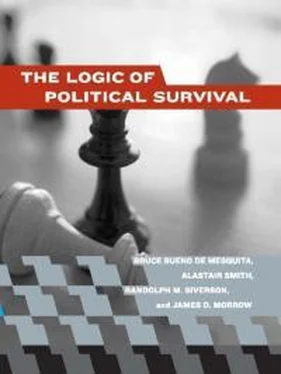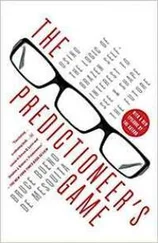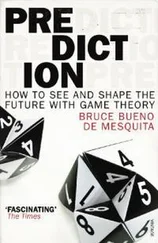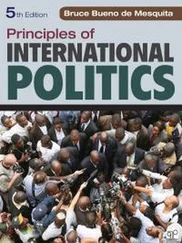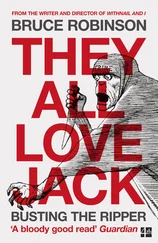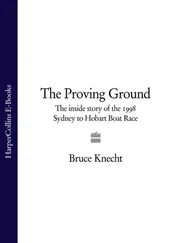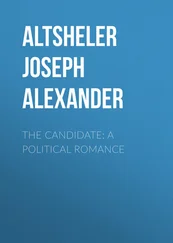Having incorporated ideas from many research programs, the selectorate theory weaves these insights together to facilitate the derivation of both well-established empirical regularities and new propositions regarding governance and political economy. Our theory is, then, a natural amalgamation and extension of previous studies. While it provides new ideas about a variety of political subjects, it remains a primitive theory in need of enrichment with more institutional details and improved measurement. Nevertheless, it affords a way to integrate seemingly disparate aspects of politics and is amenable to testing and falsification. In fact, parts II and III are devoted to those tasks.
The institutions we examine are shown to create norms of conduct that influence the welfare of political leaders and that shape the policies those leaders pursue. These norms take various forms, which might be called political culture, civic-mindedness, oppressiveness, venality, and the like. We will argue theoretically that institutional arrangements strongly influence whether civic-mindedness or oppression, transparency or corruption, prosperity or poverty, war or peace are rewarded politically. We also provide extensive empirical evidence that encourages us to believe that the account offered by the selectorate theory is consistent with real-world politics. We offer an explanation of why some polities pursue successful policies while others do not.
Part I is organized so that this first chapter sets out the empirical puzzles we hope to solve. It also explains the organization of the book. Chapter 2 provides detailed definitions of core concepts in the selectorate theory. The third chapter then presents a model of domestic politics and a general statement of the theory. Subsequent chapters extend the basic model laid out in chapter 3 and modify it to account for important phenomena—including uncertainty—temporarily put aside in that chapter. As the subsequent chapters unfold, we begin to relax assumptions made in chapter 3. By relaxing assumptions we are able to assess the robustness of core results, and we are also able to explain the deposition of leaders and differences in political survival rates.
Policy Choice and Political Survival: Part II
While part I suggests propositions about norms of conduct and about taxing and spending decisions, part II investigates the extent to which those propositions are supported by the empirical record. The selectorate theory provides a coherent explanation for many aspects of political, economic, and social life. Logical consistency, however, is not enough to establish that a theory is useful. Confidence in a theory is built by failed but demanding attempts to falsify its predictions. The second section of the book attempts just this. Having developed measures for the key theoretical concepts of the selectorate and winning coalition, we show that they help explain a broad array of social phenomena in a manner consistent with the theory.
Chapter 4 analyzes core aspects of the theory. In particular it examines taxation, the willingness of individuals to participate in economically productive activities, the creation of wealth and economic growth, government expenditure levels, kleptocracy, and societal welfare. Chapter 5 then examines specific policy provisions. These analyses encompass such seemingly diverse phenomena as the protection of civil liberties, levels and changes in per capita income, the quality of drinking water, access to health care, educational opportunity, and black market exchange rates.
Chapter 6 expands the domestic selectorate model, producing a comprehensive account of the known empirical regularities collectively called the democratic peace . Additionally, chapter 6 evaluates the empirical evidence regarding novel deductions from the dyadic version of the selectorate theory. Chapter 7 assesses the impact that public-goods and private-goods allocations have on the prospects leaders have of remaining in office. Here we draw out further theoretical implications of the selectorate theory—including new ideas about the life-cycle survival prospects of leaders and the impact of term limits on the behavior of incumbents—and test core predictions about how variations in selection institutions systematically influence a leader’s longevity in office. In chapter 7 we relax several assumptions of the basic model presented in chapter 3, bringing the model closer to the details of politics, and we develop and test extensions of and additions to our core hypotheses. We conclude that bad policy is good politics under some political arrangements, while being disastrous for political survival under other arrangements.
Choosing Institutions for Political Selection: Part III
The third part takes the lessons learned from our comparative analysis and applies them to the development of a theory of endogenous selection of institutions. If leaders want to survive in office, they must have an interest in choosing institutional arrangements that insulate them from threats of removal. We identify the most desirable political systems from the perspective of ruling elites, political challengers, key backers of the incumbent, ordinary citizens, the disenfranchised, and foreign conquerors. We lay out how the choice of systems and adjustments to political-selection institutions is linked to political survival within the theory’s context. Chance circumstances in history may seemingly influence who gets to define a political system, but the alteration of political systems is also subject to strategic considerations well within the control of the competitors for and subjects of political authority (Acemoglu and Robinson 2001; Feng and Zak 1999; Tilly 1978).
Part III begins with chapter 8. In that chapter we look at institutional preferences and their ties to different segments of a country’s population. Through use of these institutional preferences, we extend the selectorate theory and move toward a theory of endogenous institution selection. We evaluate the motives for oppression, term limits, and immigration and emigration, as well as the conditions that make revolutions, civil wars, coups, and other antigovernment activities likely. Our analyses will test the empirical relationship between the predictions of the selectorate theory and each of these phenomena, including the consequences that follow from successful changes in institutions. We also provide an explanation of a significant political puzzle identified by Adam Przeworski (2001), namely, the seeming immunity of wealthy democracies from coups, revolutions, and other actions that lead to the collapse of democracy. Chapter 9 extends the investigation from chapter 8 by inquiring about the conditions under which military conquest is likely to lead to institutional change and the circumstances of conquest under which the institutions of the vanquished state are expected to remain the same. The chapter focuses on how selection institutions influence war aims, particularly with regard to why democracies seem more inclined to depose defeated foreign foes than are autocrats. It also offers a theoretical and empirical way to think about nation building as a consequence of the deposition of leaders, either by foreign rivals or by domestic challengers in the context of the nation’s war experience. Again extensive empirical tests are presented to evaluate the accuracy of the model’s predictions. The final chapter, chapter 10, returns to Hobbes’s view of life in the state of nature. We develop the Hobbes Index to assess how far each country has come from life in the state of nature—that is, life that is solitary, nasty, poor, brutish, and short. We use the Hobbes Index in conjunction with insights suggested by the selectorate theory to provide policy suggestions that, if implemented, might result in improved quality of life around the world.
Читать дальше
